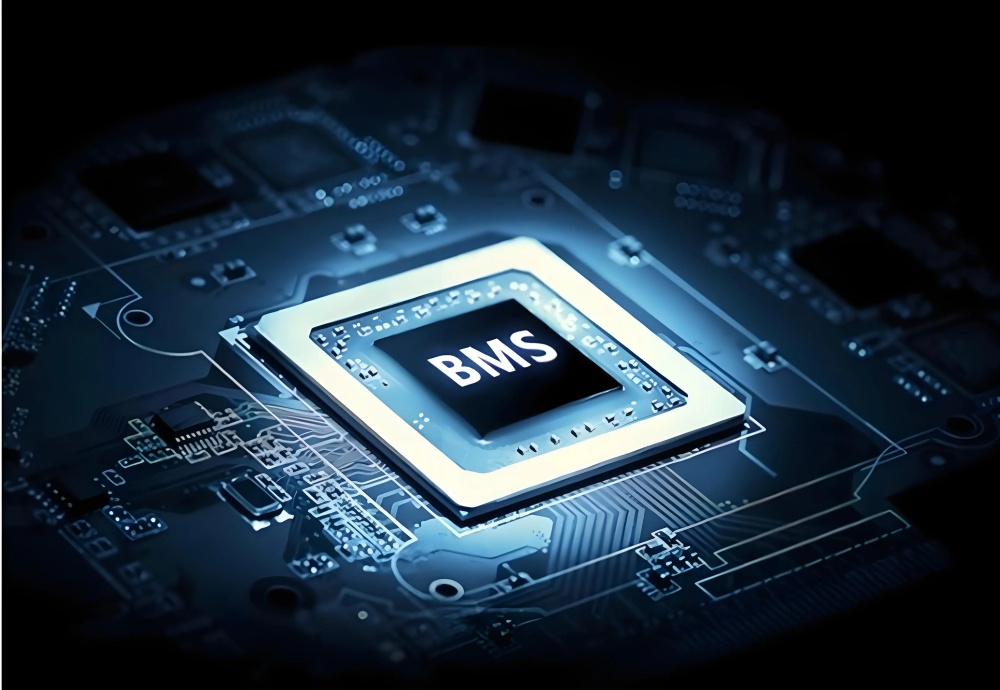
As the demand for high-efficiency energy storage solutions rises globally, lithium-ion batteries have become the backbone of electric mobility, consumer electronics, and renewable energy systems. Central to their safety and performance are two critical components: the Lithium Battery Protection Circuit and the Battery Management System (BMS). While often used interchangeably, these technologies serve distinct purposes in battery optimization, safety, and lifecycle enhancement.
In this article, we’ll dive deep into what lithium battery protection boards and BMS are, how they differ, and the latest global trends in automotive battery management systems.
A Lithium Battery Protection Circuit, often referred to as a protection board, plays a vital role in ensuring safe and efficient operation of battery packs. Its main function is to monitor and manage individual cells within a series-parallel battery configuration.
Overcharge Protection: Prevents battery damage due to excessive voltage during charging.
Over-discharge Protection: Avoids deep discharges that can degrade battery life.
Overcurrent & Short Circuit Protection: Detects and reacts to abnormal current spikes.
Thermal Protection: Shuts down the system during overheating to prevent thermal runaway.
Cell Balancing: Ensures voltage consistency across all cells, improving battery performance and lifespan.
Protection circuits utilize balancing to maintain uniform cell voltages:
This method uses resistors to dissipate excess energy from higher-voltage cells as heat.
Charge-Time Balancing: Activates when a cell’s voltage surpasses the average during charging.
Voltage-Triggered Balancing: Engages at a specific voltage level near the end of charge.
Static Automatic Balancing: Occurs even during rest periods, correcting imbalances between cells.
Transfers energy from higher-capacity cells to lower-capacity ones to optimize charge distribution.
Real-Time Capacity Balancing: Continuously redistributes charge during operation.
Set-Point Capacity Balancing: Initiated at defined energy thresholds.
The Battery Management System is the intelligent brain behind advanced lithium-ion batteries. It not only provides protection but also monitors, analyzes, and controls the battery's overall performance.
Voltage and Current Monitoring: Tracks real-time data from each cell.
State of Charge (SOC): Calculates how much usable energy remains.
State of Health (SOH): Evaluates battery degradation over time.
Remaining Useful Life (RUL): Predicts how long the battery will last.
Thermal Management: Controls heating and cooling to maintain optimal temperature.
Data Communication: Shares system status via CAN bus or other communication protocols.
Fault Detection and Safety Shutoff: Automatically disconnects the battery in case of fault conditions such as overvoltage, undervoltage, or thermal events.
BMS plays a pivotal role in electric vehicles, where real-time decision-making is essential for performance and passenger safety. For example, in the event of a collision, a BMS can immediately isolate damaged battery cells to prevent fire or explosion.
While both the protection board and BMS serve to protect lithium batteries, they differ significantly in complexity and functionality.
| Feature | Lithium Battery Protection Board | Battery Management System (BMS) |
|---|---|---|
| Design Components | Basic ICs, MOSFETs, resistors, capacitors | Advanced microcontrollers, sensors, software |
| Intelligence | Limited, rule-based | High-level monitoring, diagnostics, and control |
| Application Scope | Consumer electronics, 3C batteries | Primarily used in EVs and large-scale energy storage |
| Customizability | Fixed logic | Programmable, software-driven |
| Low-Temperature Performance | Stable | May require additional thermal strategies |
The global automotive BMS market is undergoing rapid expansion, driven by the surge in electric vehicles (EVs) and hybrid electric vehicles (HEVs). Let’s explore the dynamics shaping this market.
Rising Demand for EVs and HEVs: The shift towards sustainable transportation fuels the need for sophisticated battery monitoring.
Government Incentives: Subsidies for BMS R&D and electric mobility are accelerating innovation.
Stricter Environmental Policies: Regulatory frameworks emphasize battery safety, lifecycle optimization, and emissions reduction.
Technological Advancements: Integration with AI and IoT enables predictive maintenance and real-time analytics.
Complexity in BMS Design: Developing adaptable, scalable systems remains a challenge.
Lack of Charging Infrastructure: Especially in emerging markets, limited charging stations can hinder adoption rates.
Passenger Vehicles: Expected to dominate the market due to their wide adoption of BMS-integrated EVs, including plug-in hybrids and full electric cars.
Commercial and IC Engine Vehicles: Gradually adopting BMS for improved safety and efficiency in fleet operations.
North America: Holds the largest market share thanks to strong EV adoption and robust automotive industry.
Europe: Rapid growth due to environmental regulations and electric car incentives.
Asia-Pacific: Poised for the highest CAGR, driven by China’s and India’s EV manufacturing boom and advancements in battery infrastructure.
Middle East & Latin America: Witnessing moderate growth, with increasing consumer awareness and adoption of EVs.
Lithium battery protection boards and battery management systems are both essential to the safe, efficient operation of modern energy storage technologies. While protection boards handle basic safety tasks, BMS takes battery optimization to a higher level with real-time monitoring, analytics, and intelligent control.
As global demand for electric vehicles and clean energy accelerates, BMS technologies are evolving rapidly to meet performance, safety, and environmental standards. For stakeholders in the energy and automotive sectors, understanding the roles and differences between protection boards and BMS is critical for innovation and strategic growth.
Next:Hithium Debuts Custom 6.25MWh BESS for Europe, Partners with GCRPV to Boost Local Production
Previous:CALB Launches 392Ah Energy Storage Cell & 6.25MWh System at ESIE 2025 | Industry Breakthroughs
Contact Person: Miss. Elsa Liu
| WhatsApp : | +8617763274209 |
|---|---|
| Skype : | +8617763274209 |
| WeChat : | 17763274209 |
| Email : | Elsa@lifepo4-battery.com |